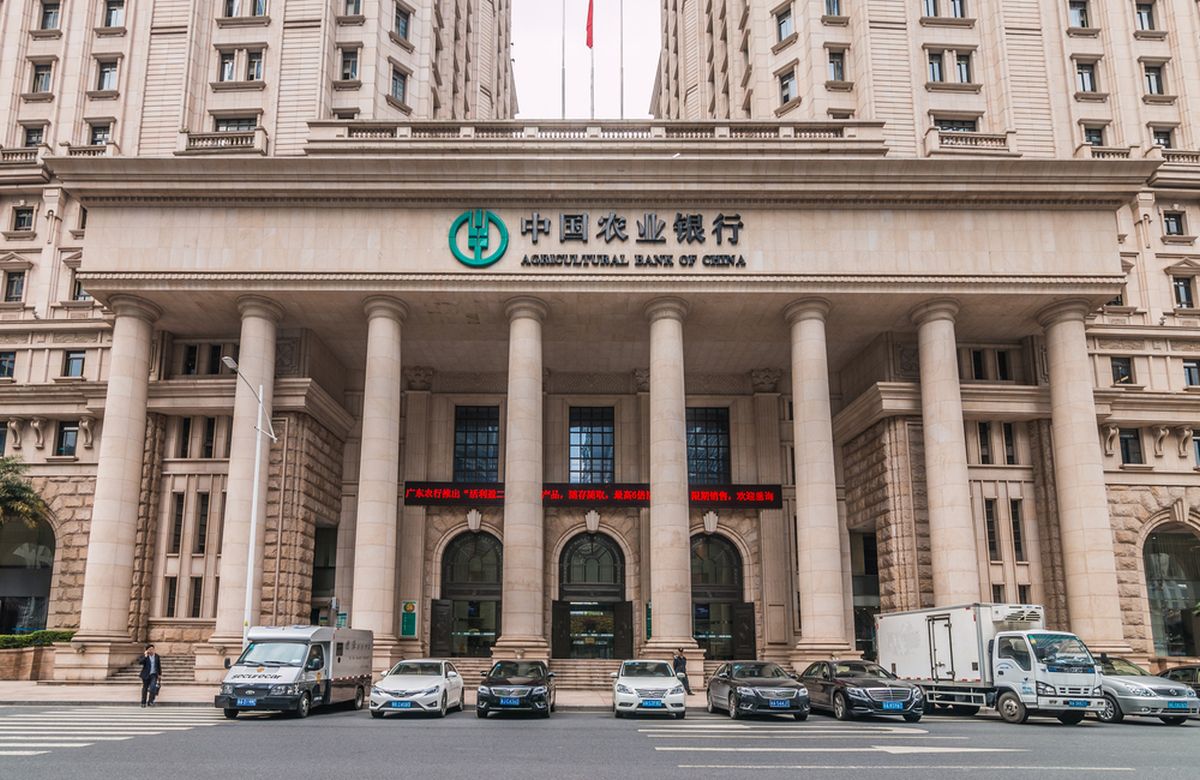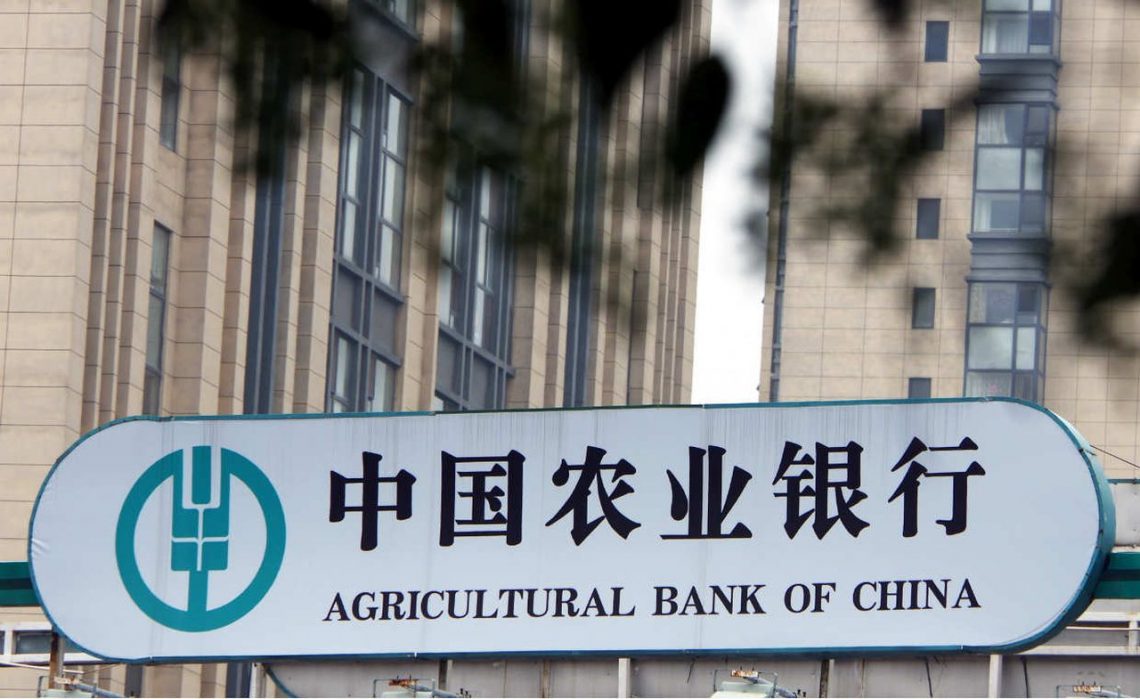How did the Agricultural Bank of China come into being?
The Agricultural Bank of China is one of the four largest financial institutions in China. It owns about 16% of the country’s total banking capital and provides services to 15% of depositors.
AgBank was founded in the 50s, during the Chinese Cultural Revolution. At that time, the country was undergoing large-scale changes in the industrial sphere, agriculture, and reforms were carried out in other market segments. The modernization of agriculture did not bring the necessary results due to the lack of financial basis for subsidies and loans to peasants. At that time, the Communist Party of China decided to create a bank for the agricultural sector.
In 1952, AgBank offices were opened in different regions of China, and then they began to control small branches in the provinces. In the 60s, the bank began to provide mortgage lending services for rural residents. A few years later, the institution financed the construction of enterprises and actively participated in the modernization of the agricultural sector. It should be noted that all this was done in state tranches, thanks to which agriculture was actively developed and the bank itself grew.
In the early ’90s, there was a turning point for the institution. During this period, global reforms were carried out in China in various segments of the economy, including the banking sector. AgBank’s position went down sharply, as it no longer received financial support from the state. To stay afloat, the institution issued bonds and promissory notes to the market, which were actively purchased by companies and individuals. As a result, the bank was able to survive in difficult times and strengthened its presence in the market. In 1994, Agricultural Bank was one of the first banks in China to initiate the issue of plastic cards, opened a large number of ATMs and expanded the range of services for the population. Soon the bank had more than 20 thousand branches, and established representative offices in Thailand, Singapore and Hong Kong. Since 2010, the shares of AgBank are represented on the stock exchanges in Shanghai and Hong Kong. On the first trading day the bank’s securities grew in value by 1% in Shanghai and 3% in Hong Kong. By 2012, the total assets of the institution amounted to almost $2 trillion.

Now Agricultural Bank is one of the four largest banks in the country, it has more than 24 thousand branches both in China and other countries, about 30 thousand payment terminals and ATMs. The institution serves more than 320 million customers, of which 2.7 million are corporate.
Agricultural Bank opened representative offices in Russia and Kazakhstan several years ago, and serves a large number of local people.










